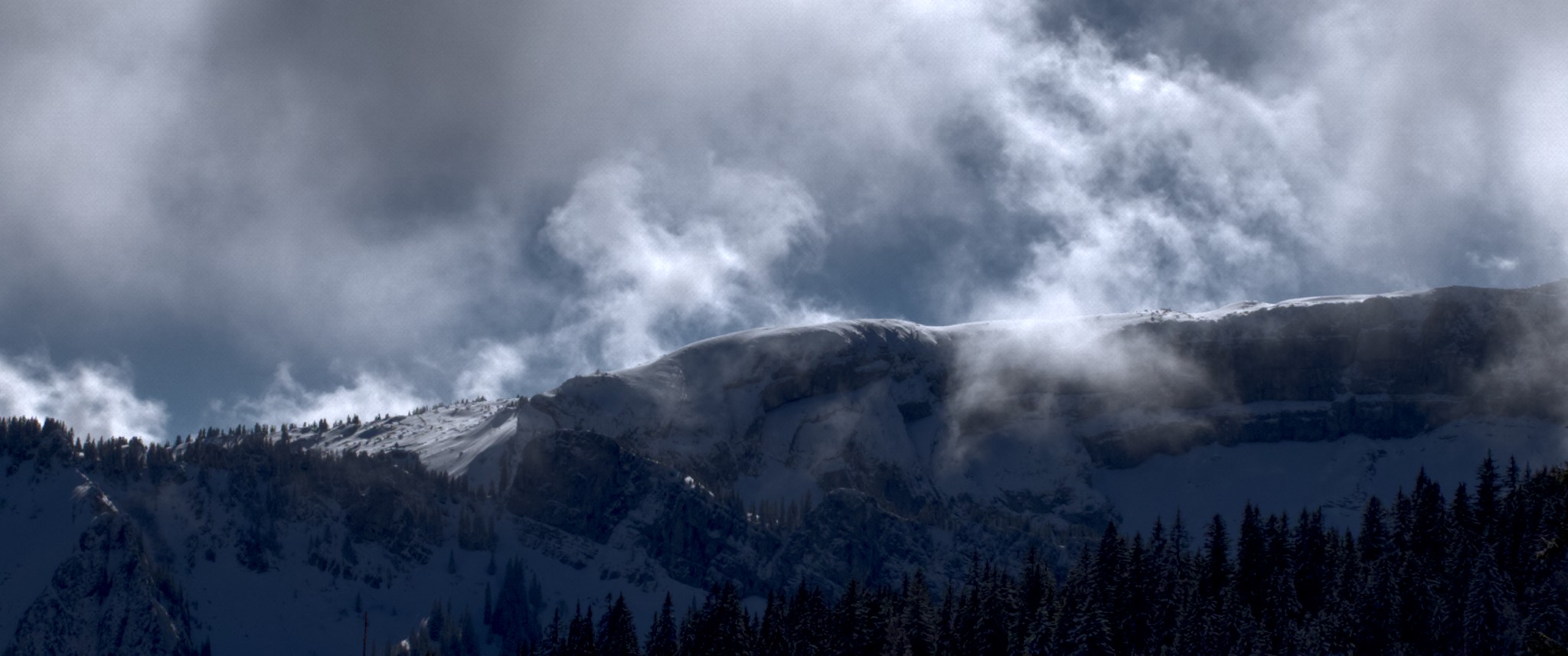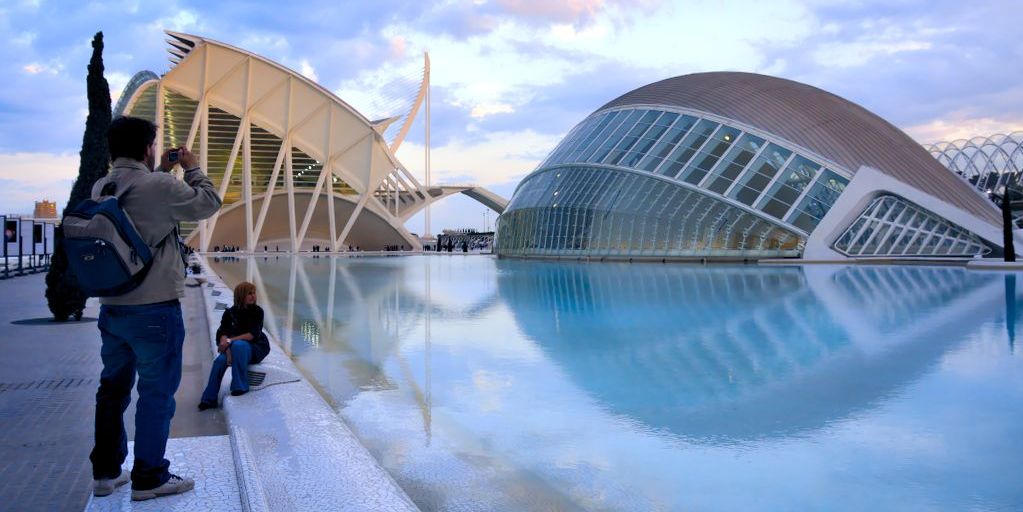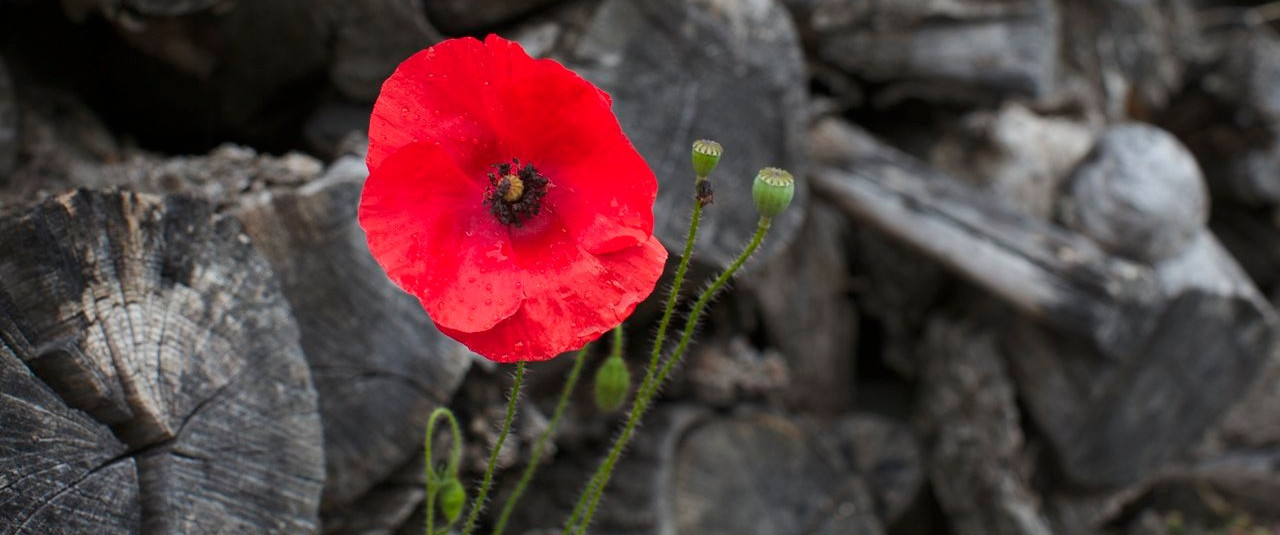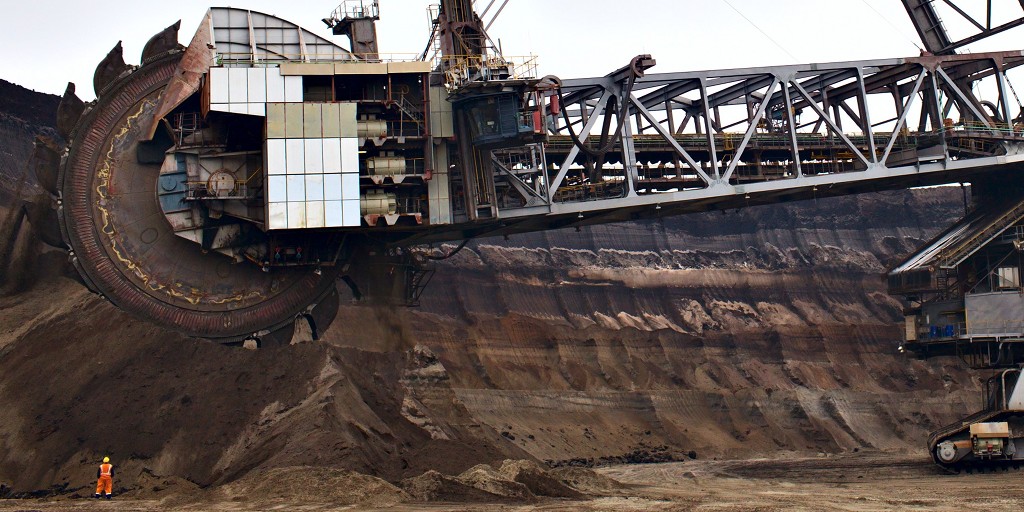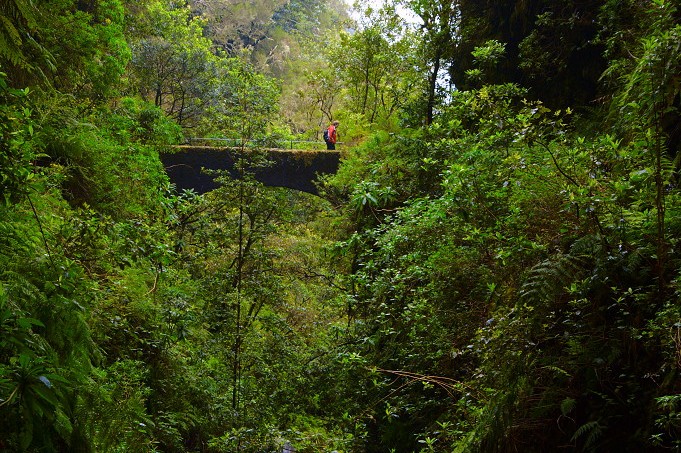If you overexpose a photo with your digital camera you are in trouble. That’s what most photography related textbooks tell you – and it’s true. So you better pay close attention to your camera’s metering while shooting. However, what to do when the “bad thing” happened and you got this one non-repeatable shot, which is so absolutely brilliant, but unfortunately has some ugly signs of overexposure?
In this blog article I’d like to summarize how darktable can help you to repair overexposed images as much as possible. I’ll cover modules which have been part of darktable for a long time but also touch the brand new module “color reconstruction”.

